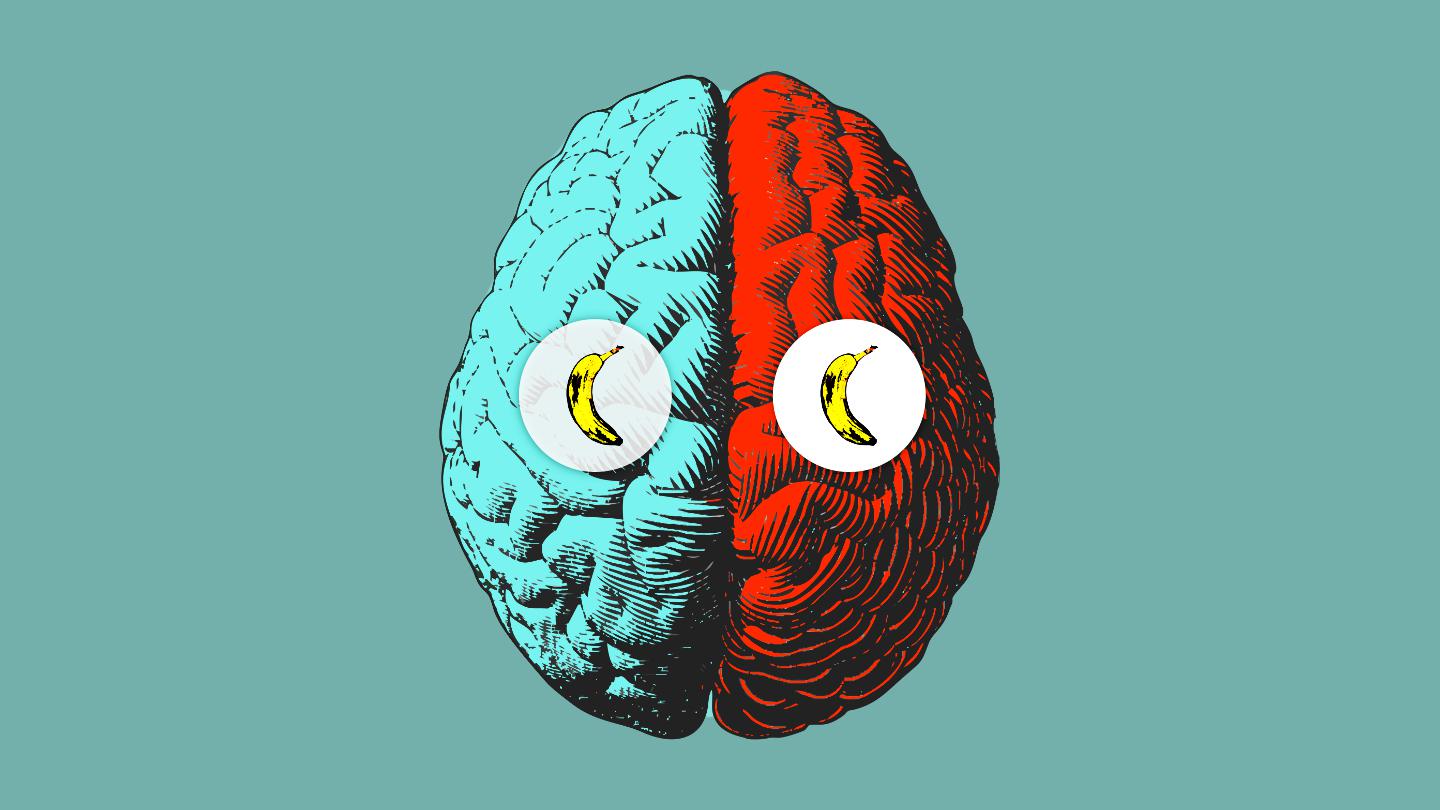Using multiple devices at once is causing your memory to fail, study finds

Credit: artiemedvedev/Adobe Stock
- The study explores the effect on memory of media multitasking as one’s attention flits from place to place onscreen.
- Participants’ focus was tracked by observation of their pupil size and brain activity.
- Remembering something is less likely when you’re not really paying attention to your experience with it.
Just a few years ago, it was not unusual to run into people bragging about being multitaskers. You may also have found such people difficult to work with as they momentarily tuned out of chats or otherwise drifted away for a few frustrating moments. Recent research has found that multitasking actually means paying insufficient attention to, and doing a lousy job with, multiple things at once.
Now a new study from Stanford published in the journal Nature asserts that multitasking is even worse than that — it prevents young people from remembering what they’ve done and seen, especially when they’re flipping from screen to screen.
It’s akin to finding an object and realizing you have no memory of putting it there. It’s a weird experience, but doing something when you’re not paying attention — because you’re not really present — can wind up feeling a lot like never having done it at all.

Credit: F8studio/Adobe Stock
The Stanford study looked specifically at the effect of “media multitasking” on memory. Media multitasking is moving continually between screen-based activities: texting, checking Instagram, or watching a TikTok video, for example. The research suggests that these experiences may not quite stick.
Even though we continually devour information, “As we navigate our lives, we have these periods in which we’re frustrated because we’re not able to bring knowledge to mind, expressing what we know,” the study’s senior investigator Anthony Wagner tells Stanford News. “Fortunately,” he adds, “science now has tools that allow us to explain why an individual, from moment to moment, might fail to remember something stored in their memory.”

Credit: H_Ko/Adobe Stock
The researchers recruited 80 subjects, ages 18 to 26. As these individuals participated in experimental exercises, researchers tracked their lapses in attention by monitoring their posterior alpha power brain wave activity and changes to the sizes of their pupils.
Lead author Kevin Madore explains, “Increases in alpha power in the back of your skull have been related to attention lapses, mind wandering, distractibility and so forth. We also know that constrictions in pupil diameter — in particular before you do different tasks — are related to failures of performance like slower reaction times and more mind wandering.”
As participants viewed a set of object images onscreen, they were tasked with classifying each image according to pleasantness or size. This was followed by a 10-minute break, after which they were presented with another set of images. They were asked to identify these images as either being new or having already been seen. This allowed the researchers to assess each individual’s memory.
Participants also filled out questionnaires that described their media multitasking habits, and they were asked to state the degree to which they could successfully engage with multiple activities simultaneously.
Taking all this information together, the researchers found that people less able to sustain attention and those who reported being heavy media multitaskers both performed more poorly at memory tasks.
Says Madore, “We can’t say that heavier media multitasking causes difficulties with sustained attention and memory failures, though we are increasingly learning more about the directions of the interactions.”
Wagner notes the key to all this may lie in other research that looks at how we prepare to remember what we wish to learn. He suggests remembering occurs most successfully when it’s goal-oriented, when we’re ready to store something in our minds.
“While it’s logical that attention is important for learning and for remembering, an important point here is that the things that happen even before you begin remembering are going to affect whether or not you can actually reactivate a memory that is relevant to your current goal,” says Wagner.
With this in mind, he says, paying attention to your attentiveness may help you stay aware and prepared to store new memories of what you’re currently experiencing.
Likewise, he suggests it may be possible to develop memory hacks that can enhance our capacity to remember. He cites the idea of attention training in which eye sensors alert their wearer to attention lapses as they occur, allowing the person to consciously refocus each time their mind wanders.
While the current study explores the memories of young people, its insights may broadly apply. “We have an opportunity now,” Wagner concludes, “to explore and understand how interactions between the brain’s networks that support attention, the use of goals and memory relate to individual differences in memory in older adults both independent of, and in relation to, Alzheimer’s disease.”





